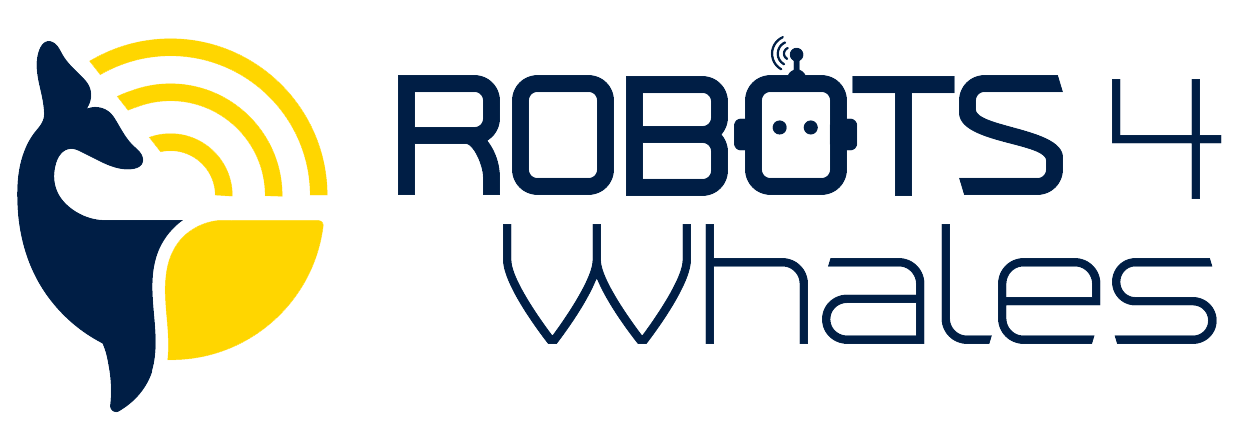How it Works
The robots carry the digital acoustic monitoring instrument or DMON, a passive acoustic instrument developed at the Woods Hole Oceanographic Institution that is capable of recording and processing audio in real time. We have implemented a low-frequency detection and classification system (LFDCS; Baumgartner and Mussoline 2011) on the DMON to identify marine mammal calls from a variety of autonomous platforms, including gliders, profiling floats, and moored buoys. The LFDCS produces pitch tracks of sounds, which describe changes in the frequency (pitch) of a call over time. Scientists typically examine spectrograms to identify marine mammal calls, and pitch tracks are derived from these spectrograms.
Spectrograms are a method to visualize sound, and they describe how the frequency (pitch) of sounds change over time. They also describe the loudness or amplitude of a sound (in the spectrogram to the right, calls that are louder appear brighter). Very simply, the LFDCS seeks to "draw a line" through each call in the spectrogram. These lines, or pitch tracks, can be used to describe the call.
Note in the example to the right that the calls shown in the spectrogram are easily recognizable by their corresponding pitch tracks. The LFDCS extracts simple statistics of each pitch track (e.g., duration, average frequency, rate of change of frequency with time) and uses discriminant function analysis to classify each call. Classification is based on a known set of calls contained in a call library that is defined prior to deployment of the DMON/LFDCS. Through communications with the robot and ultimately with a shore-based computer via Iridium satellite, the DMON/LFDCS remotely reports tallies of calls for each call type in its call library, as well as a subset of pitch tracks. The pitch tracks are evaluated by a human analyst to determine whether there are really whale calls present or not.

A spectrogram representing 40 seconds of audio recorded in the ocean that shows three fin whale 20-Hz pulse calls (horizontal "dashes" near the bottom of the plot at 4, 19 and 37 seconds) and two sei whale downsweep calls (sweeping from 100 to 35 Hz at 21 and 25 seconds). Bright areas indicate loud sounds.
Listen to the audio represented in the spectrogram above (sped up 12x):

Pitch tracks derived from the spectrogram above. Warmer colors represent louder sounds, while cooler colors indicate quieter sounds. Note that the fin and sei whale calls are easily recognized by their pitch tracks alone, and that other quieter tonal sounds are pitch tracked as well.
